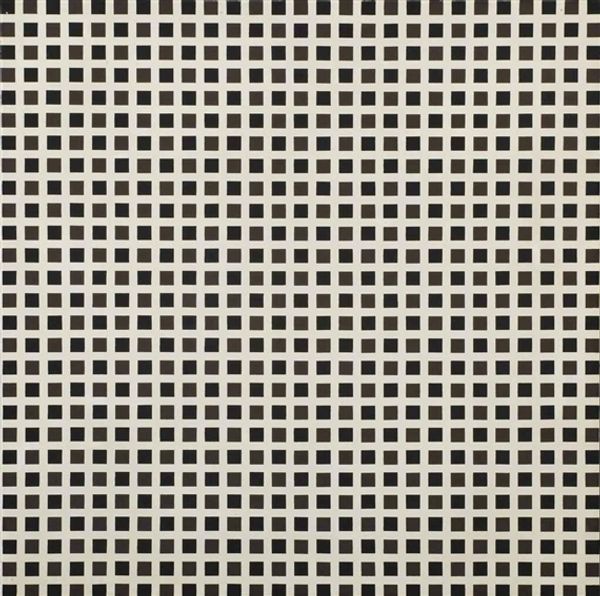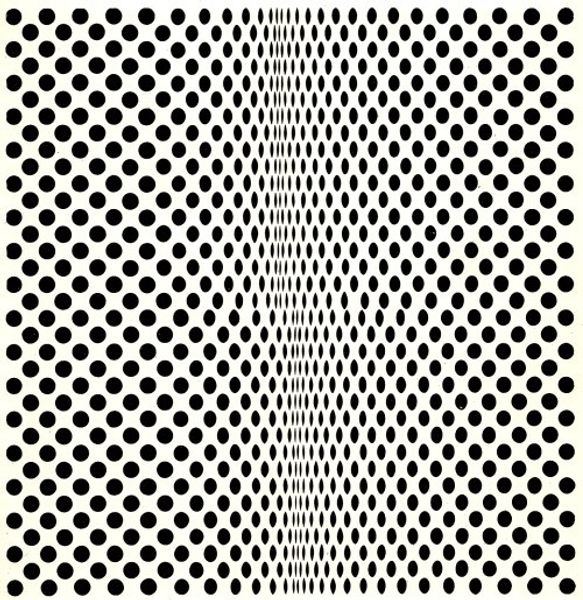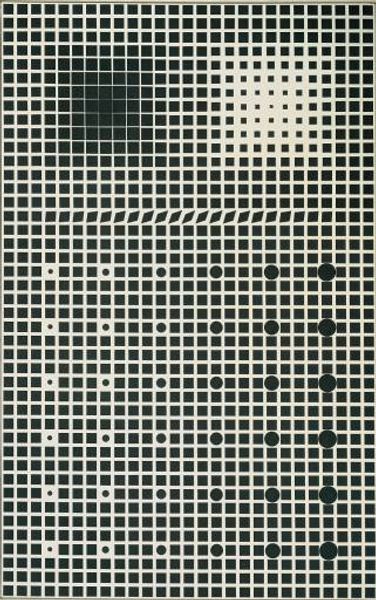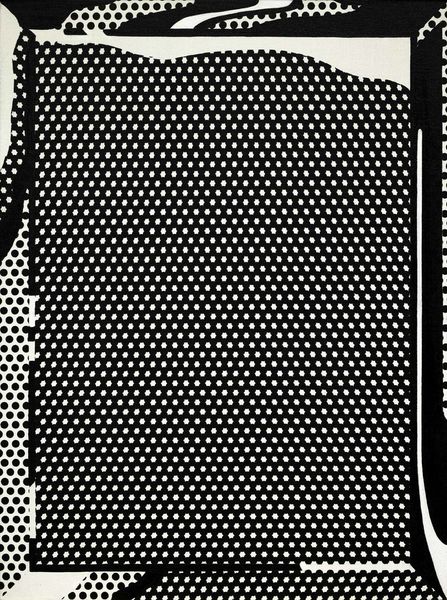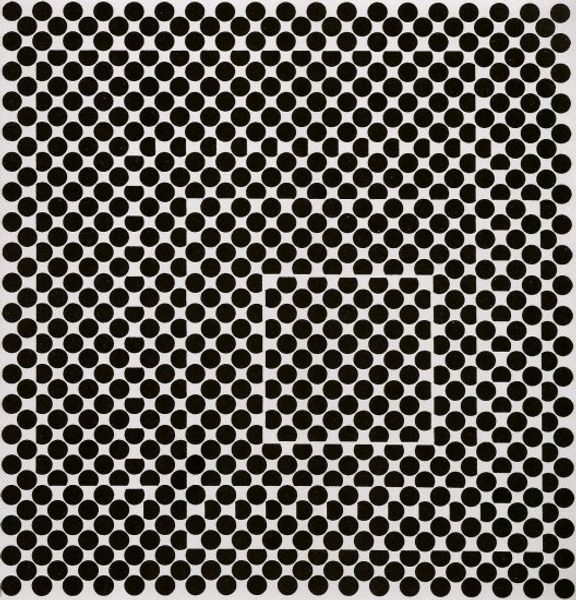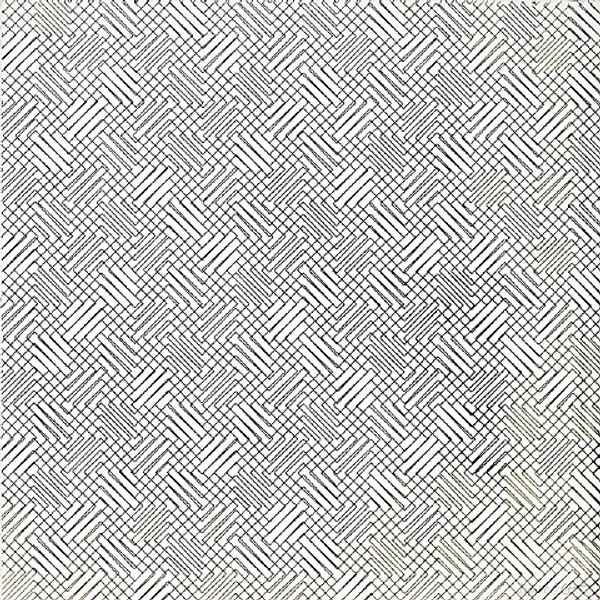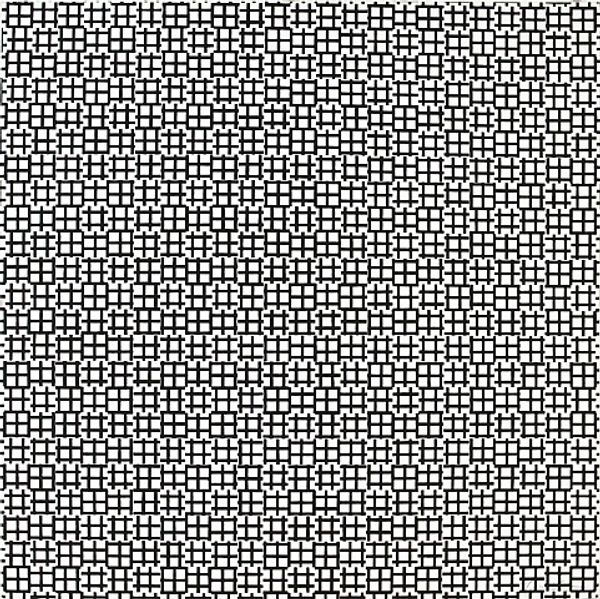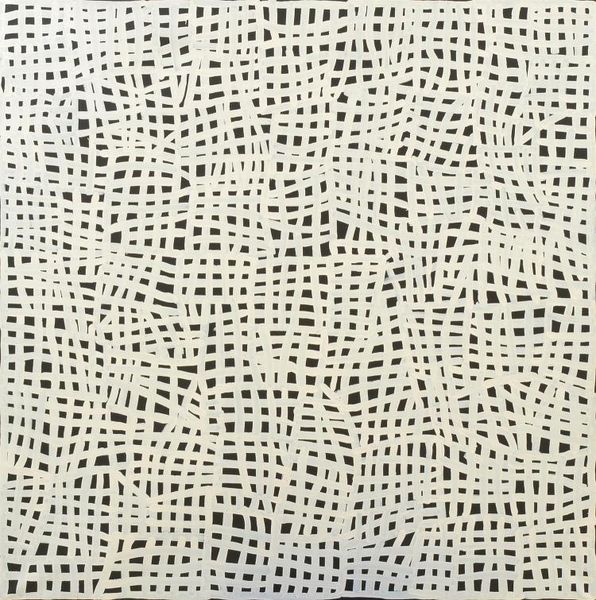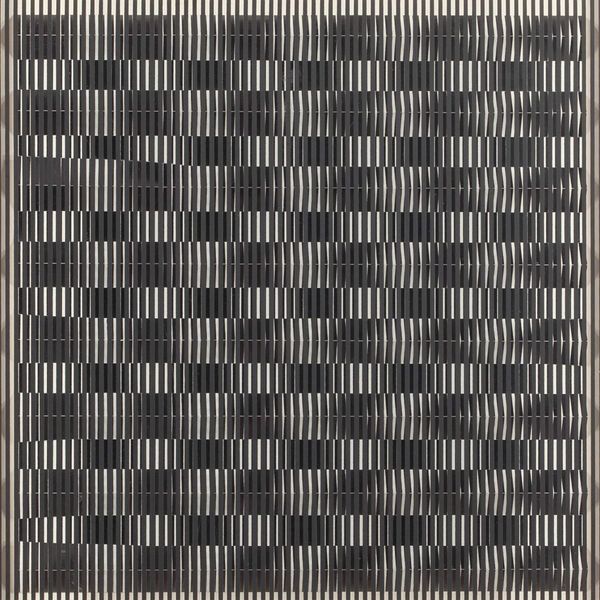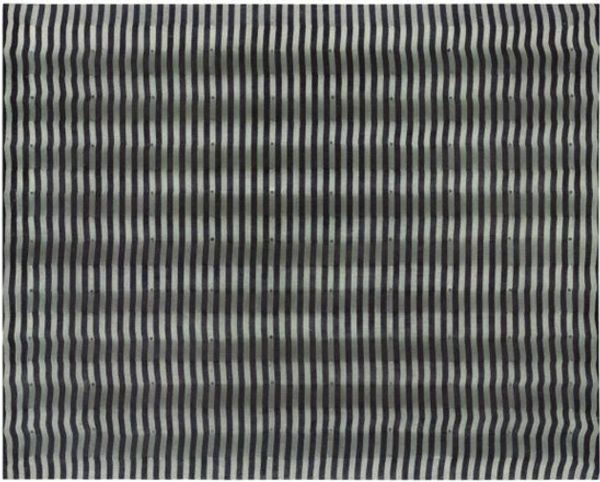
#
conceptual-art
#
repeated pattern
#
minimalism
#
pattern
#
geometric pattern
#
minimal pattern
#
geometric
#
simple pattern
#
repetition of pattern
#
vertical pattern
#
line
#
pattern repetition
#
layered pattern
#
digital-art
#
combined pattern
#
repetitive pattern
Copyright: Francois Morellet,Fair Use
Editor: So, this piece is "2 trames de carrés/1 trame de tirets" by Francois Morellet, created in 1975. It strikes me as a very regimented and systematic composition. It feels almost…clinical. What social and institutional factors were influencing artists like Morellet when they were working in this mode? Curator: That's a great initial reaction. The piece, as you noticed, embodies a system. Consider that Morellet and his contemporaries were pushing back against the emotional intensity of Abstract Expressionism. They were interested in a kind of objective art, almost like a scientific investigation. Think about the Cold War era; there was this fascination with systems, logic, and mathematical models to try and explain everything from social behavior to political strategies. Does that context make you see the piece differently? Editor: Yes, absolutely. It makes me consider the way even something seemingly simple, like this pattern, can be interpreted as a reflection of broader societal obsessions with control and predictability. It's almost as if the artist is mirroring that back to us. Were museums receptive to such art back then? Curator: The institutional acceptance of Minimalism and Conceptual Art like this was… complicated. Initially, many saw it as anti-art. Remember, museums are also institutions, subject to social and political pressures. It took time for these movements to gain broader recognition, often facing resistance from established art critics and more conservative audiences. Editor: It’s fascinating how even the most abstract art can become a site of cultural and political debate. I hadn't considered it in such terms at first. Curator: Precisely. The perceived lack of emotionality becomes, ironically, a powerful statement about a desire for order within potential chaos. Looking closely at art teaches us as much about ourselves as the artwork. Editor: Definitely something to keep in mind. I'll never look at patterns the same way again!
Comments
No comments
Be the first to comment and join the conversation on the ultimate creative platform.
